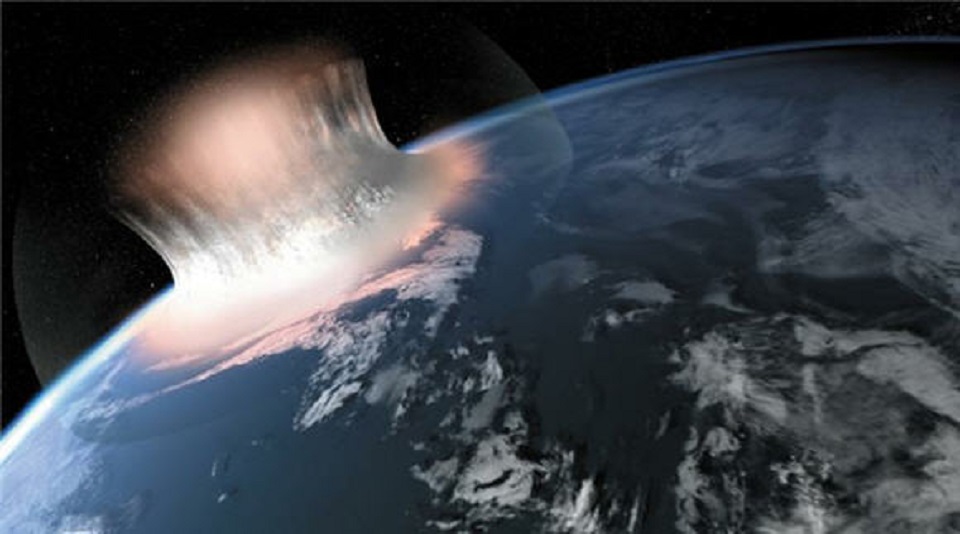
Researchers from Denmark, Sweden and Wales have found what is the largest known meteorite crater on Earth.
This, according to a study published this week in the journal Earth and Planetary Science Letters.
The crater was found just nearby the town of Maniitsoq. And was probably created by a meteorite that struck the Earth about 3 billion years ago.
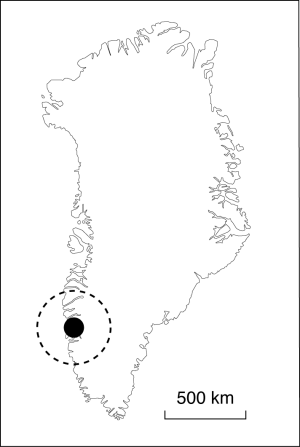
Largest Known
The crater has a diameter of 600 kilometers (373 miles). It is indeed huge, compared to the 177 kilometers (110 miles) Chicxulub crater that is thought to have made the dinosaurs go extinct about 65 million years ago.
And also compared to the former “largest” crater in the history of Earth, the 300 kilometers wide Vredefort crater in South Africa. This created is what made South Africa to the gold exporter it today, with the largest known gold deposits.
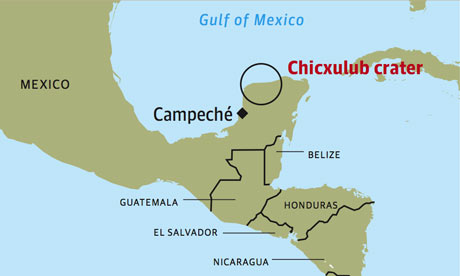
Meteorite
The Greenland meteorite had a diameter of at least 30 kilometers and struck the surface of the earth at a rate of about 20,000 meters per second.
Scientists believe that the meteorite must have created an enormous tsunami that was well over 30 meters (100 feet) tall and traveled around the whole globe to eventually meet itself on the opposite side of Earth.
A Scenario
If something similar would occur on present Earth, it would likely spell the end of all higher lifeforms on our planet. Meteorites have struck the Earth on regular basis during its history of about 4,5 billion years.
These space rocks have been fundamental for Earth as we now know it, the Earth that came to be and the life that now thrives upon it. Making this precious life almost go extinct on several occasions, but giving new life forms a chance. Life would arise and spawn new organisms from different and unique evolutionary processes. Organisms such as mammals, that was given a chance to prove themselves successful after the extinction of the dinosaurs.
One hypothesis among scientist contributes icy comets as the origin of Earths water. Another hypothesis concern the possibility of life on Earth brought here via comets, instead of being created on the planet itself.
NASA scientists have recently replicated the impact of a comet and demonstrated that amino acids, the building block of life, could actually have survived the intense heat and shock resulting from a collision. Meaning that life could perhaps have hitched hiked on space rocks ended up on Earth.
Space Rock Lingo
- Asteroid – A small, irregularly shaped rocky body that orbits the Sun.
Breccia – A coarse-grained rock composed of angular, broken rock fragments held together by a mineral cement.
Comet – An icy extraterrestrial object that glows when it approaches the Sun, producing a long, wispy tail that points away from the Sun.
Meteor – A glowing fragment of extraterrestrial material passing through Earth’s atmosphere.
Meteorite – A fragment of extraterrestrial material that strikes the surface of Earth.
Meteoroid – A small solid body floating in space.
Shock wave – A wave of increased temperature and pressure formed by the sudden compression of the medium through which the wave moves.
______________
http://www.nasa.gov/mission_pages/stardust/news/stardust_amino_acid.html
http://www.geus.dk/geuspage-uk.htm
____________________________


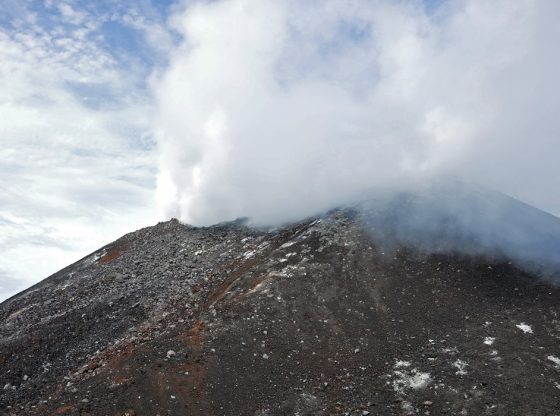
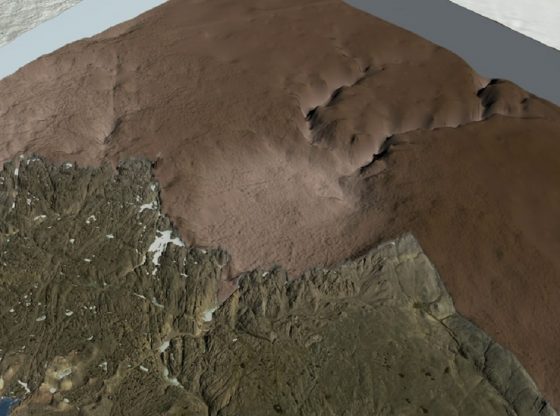
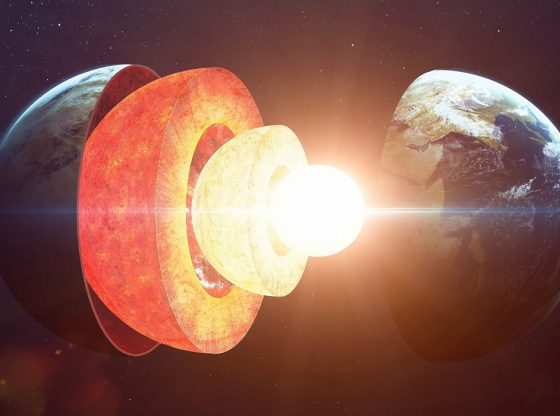

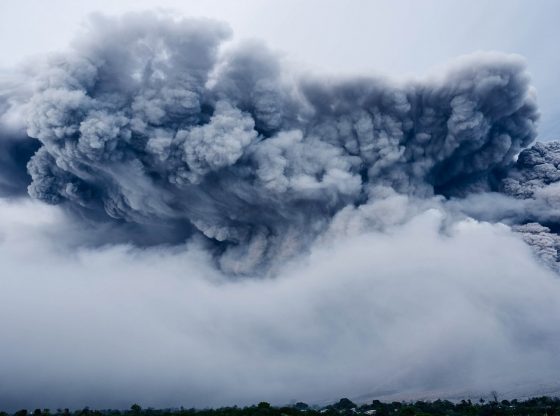


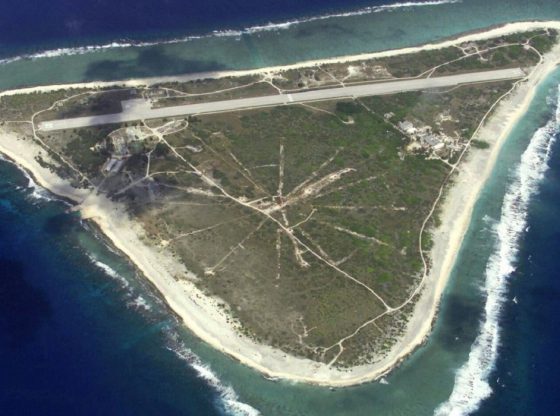
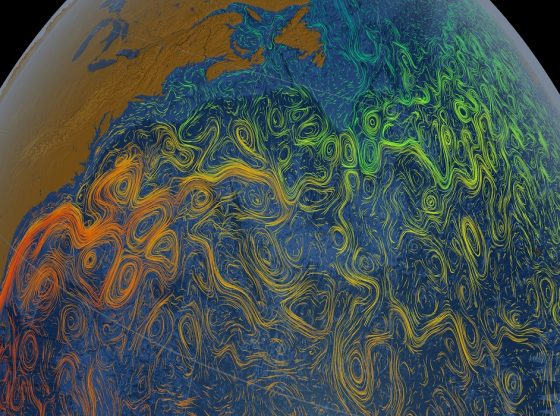
![OpenAI. (2025). ChatGPT [Large language model]. https://chatgpt.com](https://www.illustratedcuriosity.com/files/media/55136/b1b0b614-5b72-486c-901d-ff244549d67a-350x260.webp)
![OpenAI. (2025). ChatGPT [Large language model]. https://chatgpt.com](https://www.illustratedcuriosity.com/files/media/55124/79bc18fa-f616-4951-856f-cc724ad5d497-350x260.webp)
![OpenAI. (2025). ChatGPT [Large language model]. https://chatgpt.com](https://www.illustratedcuriosity.com/files/media/55099/2638a982-b4de-4913-8a1c-1479df352bf3-350x260.webp)








